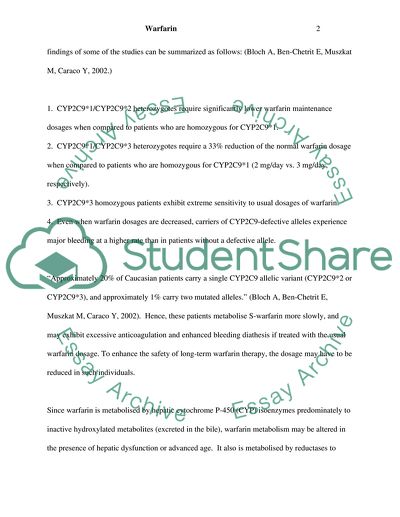Cite this document
(“Pharmacokinetics and Pharmacodynamics of Warfarin Essay”, n.d.)
Pharmacokinetics and Pharmacodynamics of Warfarin Essay. Retrieved from https://studentshare.org/health-sciences-medicine/1535391-pharmacokinetics-and-pharmacodynamics-of-warfarin
Pharmacokinetics and Pharmacodynamics of Warfarin Essay. Retrieved from https://studentshare.org/health-sciences-medicine/1535391-pharmacokinetics-and-pharmacodynamics-of-warfarin
(Pharmacokinetics and Pharmacodynamics of Warfarin Essay)
Pharmacokinetics and Pharmacodynamics of Warfarin Essay. https://studentshare.org/health-sciences-medicine/1535391-pharmacokinetics-and-pharmacodynamics-of-warfarin.
Pharmacokinetics and Pharmacodynamics of Warfarin Essay. https://studentshare.org/health-sciences-medicine/1535391-pharmacokinetics-and-pharmacodynamics-of-warfarin.
“Pharmacokinetics and Pharmacodynamics of Warfarin Essay”, n.d. https://studentshare.org/health-sciences-medicine/1535391-pharmacokinetics-and-pharmacodynamics-of-warfarin.


